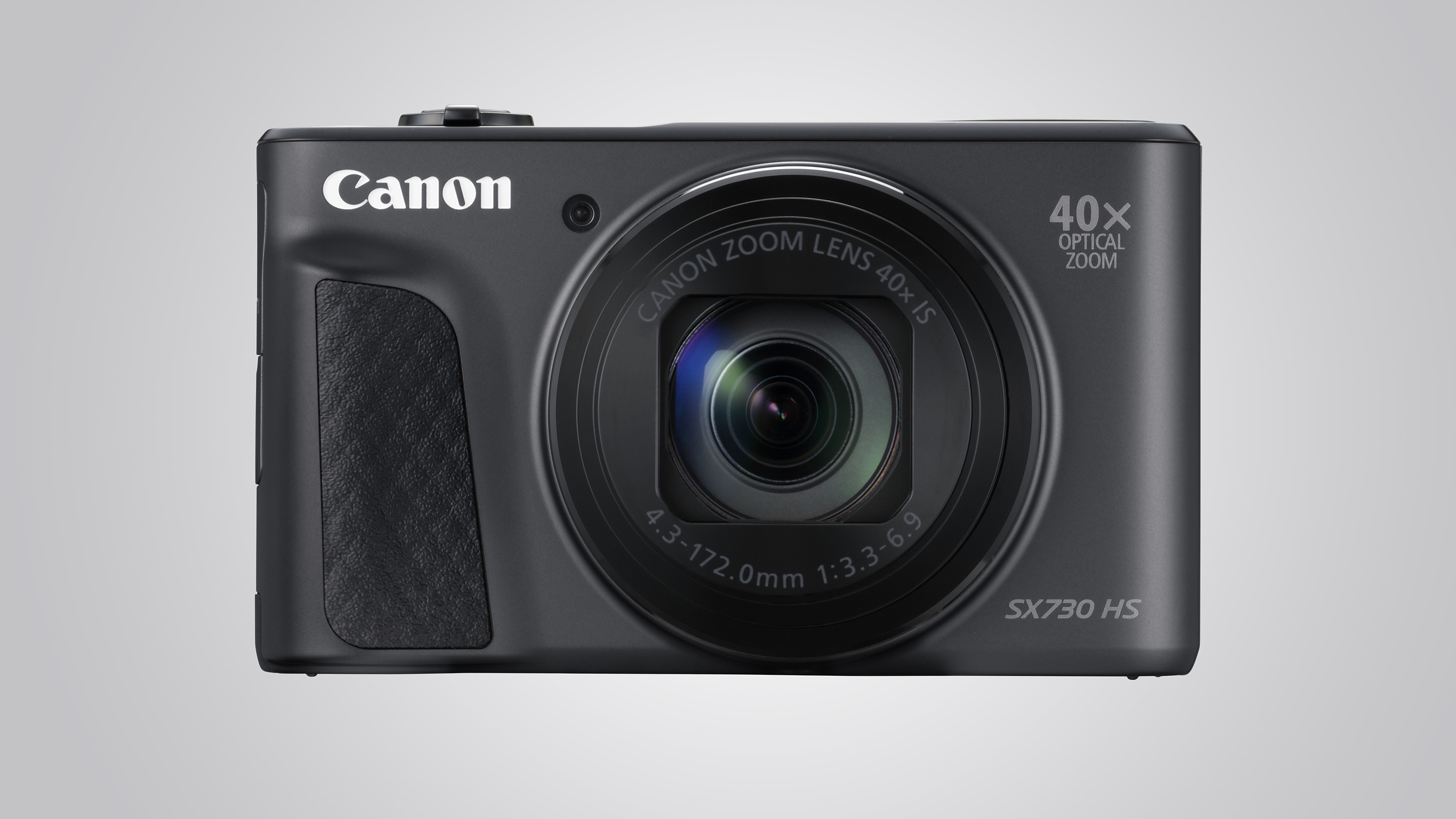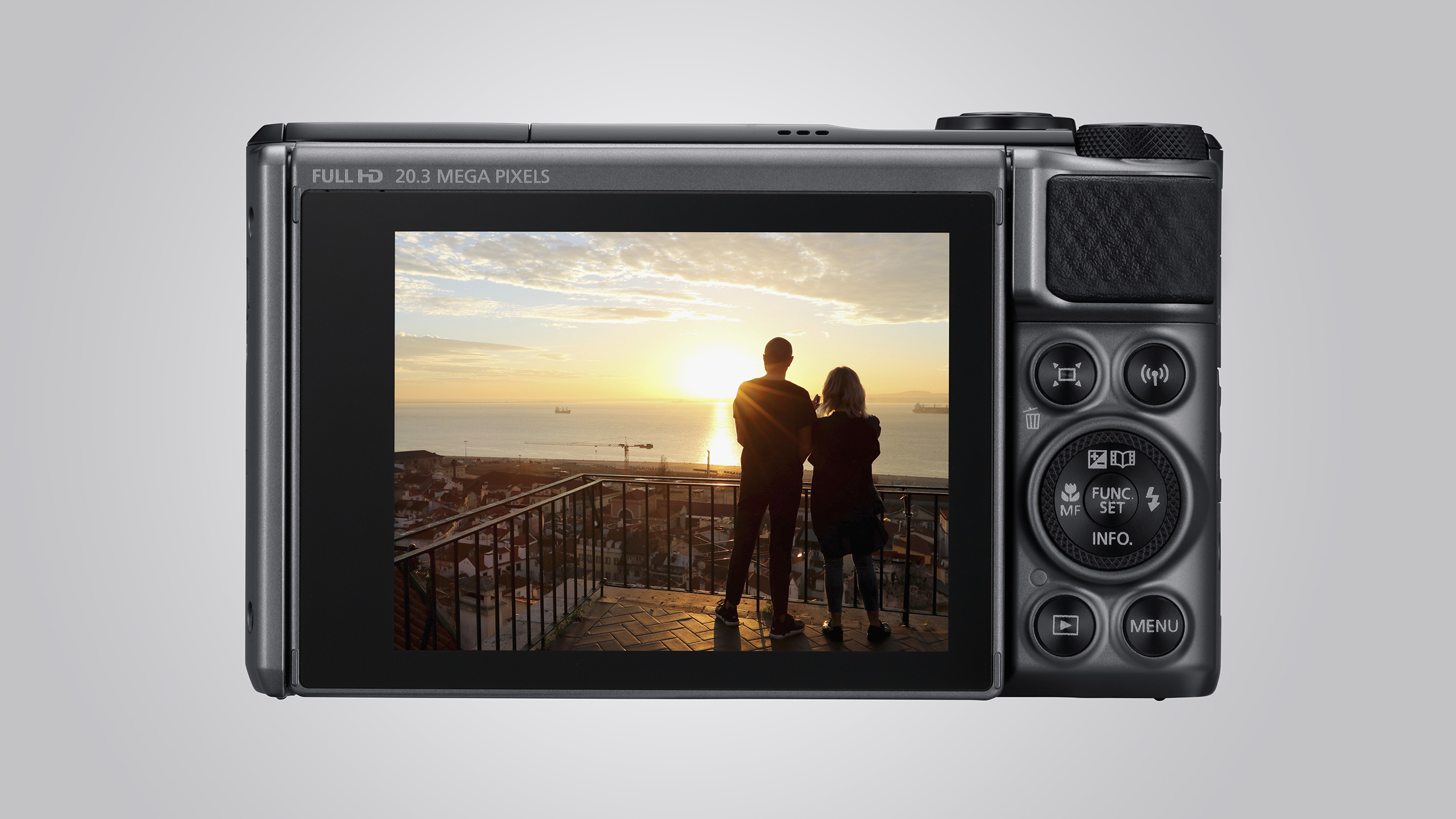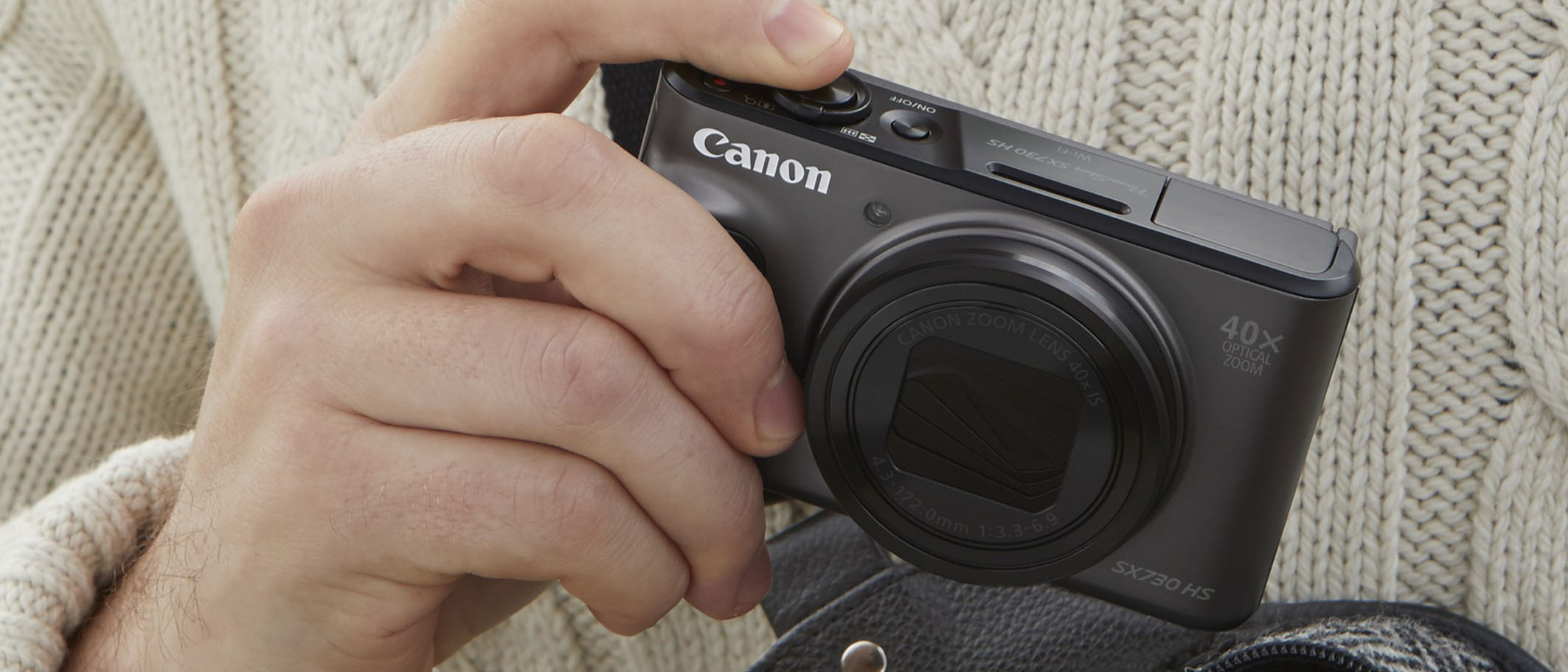TechRadar Verdict
While it looks rather underwhelming going on the spec sheet, generally sound performance makes the Canon PowerShot SX730 HS worth considering if all you’re after is a no-frills pocket superzoom.
Pros
- +
Excellent zoom range for such a small body
- +
Generally good response in operation
- +
Effective image stabilization
- +
Sound autofocus performance
- +
Sturdy build quality
Cons
- -
LCD not touch sensitive
- -
Average quality video (and limited to Full HD)
- -
No USB cable provided
- -
No electronic level
- -
No viewfinder
- -
No raw shooting (offered on some rivals)
Why you can trust TechRadar
Smartphones may well have replaced entry-level compact cameras for most day-to-day shooting, but one market they've yet to successfully crash is that of the long-zoom camera. If you really need to home in on far-away details, the only practical solution is either an interchangeable lens camera with a telephoto optic or a compact camera with similar ambitions.
The Canon PowerShot SX730 HS belongs in the latter camp, and with a lens equivalent to 24-960mm in 35mm terms it reaches further than the average DSLR/superzoom lens combination can manage. Of course, DSLRs and compact system cameras with larger sensors offer a variety of advantages, but if you’re looking for a pocket-friendly, all-purpose option, the SX730 HS is likely to appeal.
With this focal range and these dimensions, and at this price point, it goes up against a fair few rivals. These include the Panasonic Lumix ZS60 / TZ80 and ZS70 / TZ90, Nikon’s Coolpix A900 and the Sony Cyber-shot WX500 (and potentially the older HX90 and HX90V pair). Panasonic’s Lumix ZS100 / TZ100 is arguably another one to add to the shortlist, although its premium (largely commanded by its 1.0-inch sensor) puts the Canon a safe enough distance away to justify its existence.

Features
- 1/2.3-inch CMOS sensor, 20.3MP
- 24-960mm f/3.3-6.9 zoom lens
- 3.0-inch tilting screen, 922,000 dots
As is often the case, the trade-off for such a long lens is the size of sensor. The 1/2.3-inch type used in the Canon PowerShot SX730 HS is the smallest currently used in such cameras, although with a back-illuminated architecture it should be able to capture light more efficiently than more conventionally designed types. The sensor offers 20.3MP – the same as the previous SX720 HS model – and works with Canon’s DIGIC 6 processing engine.
To help counter the many aberrations that can form with such expansive lenses, Canon has used a variety of elements with aspherical profiles and extra-low dispersive properties. And, in order to help maintain crispness when shooting at longer focal lengths and in low light, a lens-based, three-stop Intelligent IS system is on board, together with a 5-axis Advanced Dynamic IS when shooting video.

Much like its rivals, the PowerShot SX730 HS has a 3.0-inch LCD screen that turns all the way around the face the front, and this is supported by a range of selfie-friendly modes, such as Self-Portrait and Smooth Skin. Such features, together with built-in Wi-Fi, NFC and always-on Bluetooth technology for easy sharing of images, leaves you in no doubt which segment of the market this camera is aimed at.
A GPS system isn't included as standard, although the common alternative, which involves having the camera connected to your mobile via Bluetooth and using its location data instead, is possible. Also possible is manual control over exposure, with the familiar PASM options selectable through the mode dial, together with exposure compensation in 1/3EV increments at the press of a button.
Sign up for breaking news, reviews, opinion, top tech deals, and more.
Unlike some 4K-enabled rivals, such as the Panasonic Lumix TZ90 and Nikon Coolpix A900, the PowerShot SX730 HS’s video mode is limited to Full HD. If you don't ever shoot video this may not bother you, and the fact that the camera records at up to 60p is nice to see, but Canon’s reluctance to include 4K video on anything but its more impressive models is disappointing, particularly as the option is now becoming standard on cameras of all classes.
